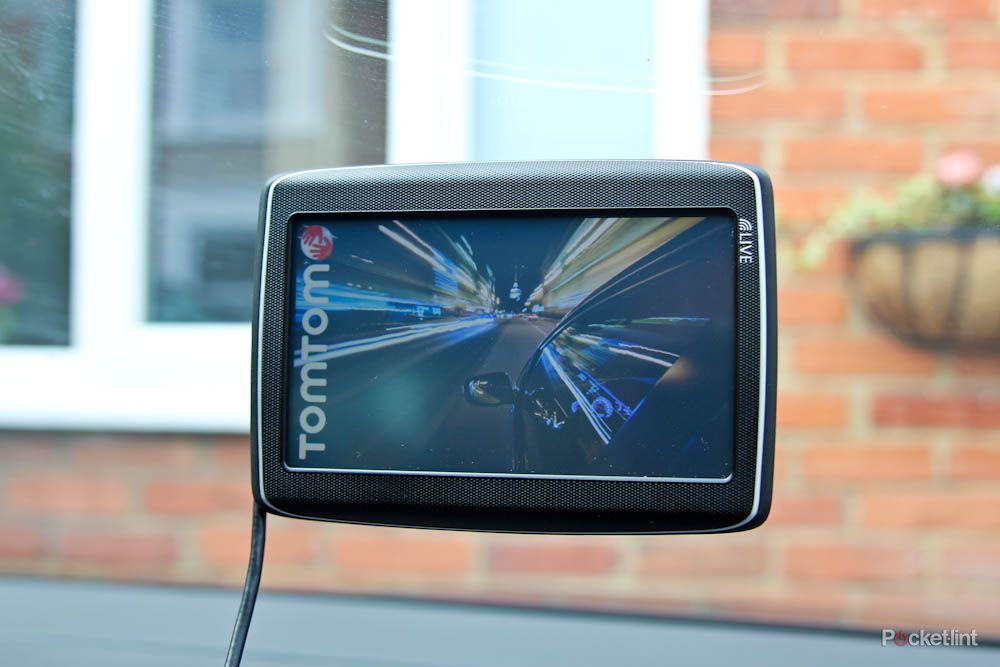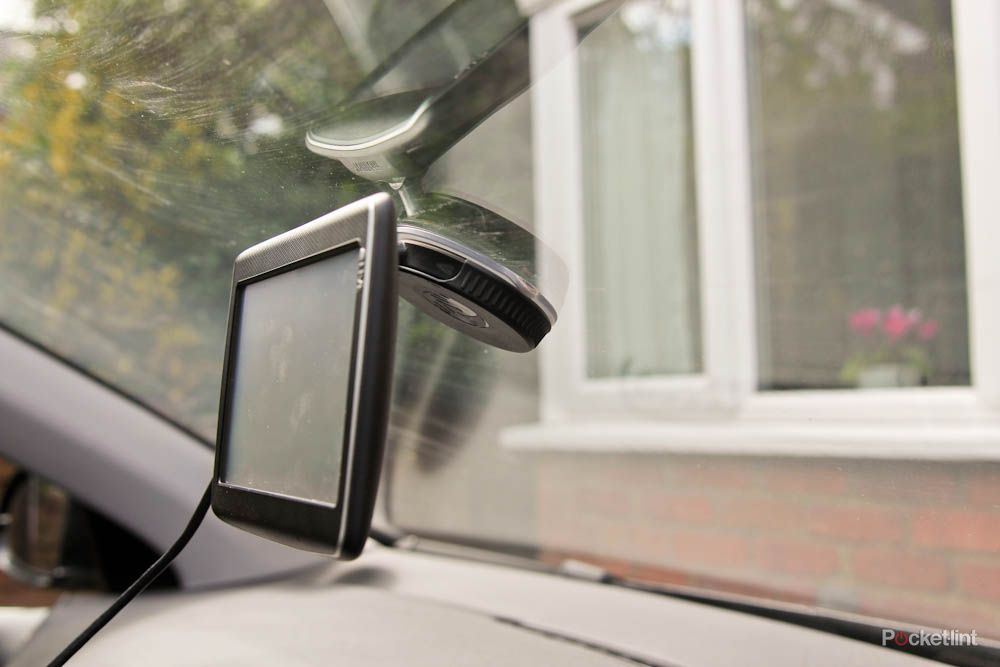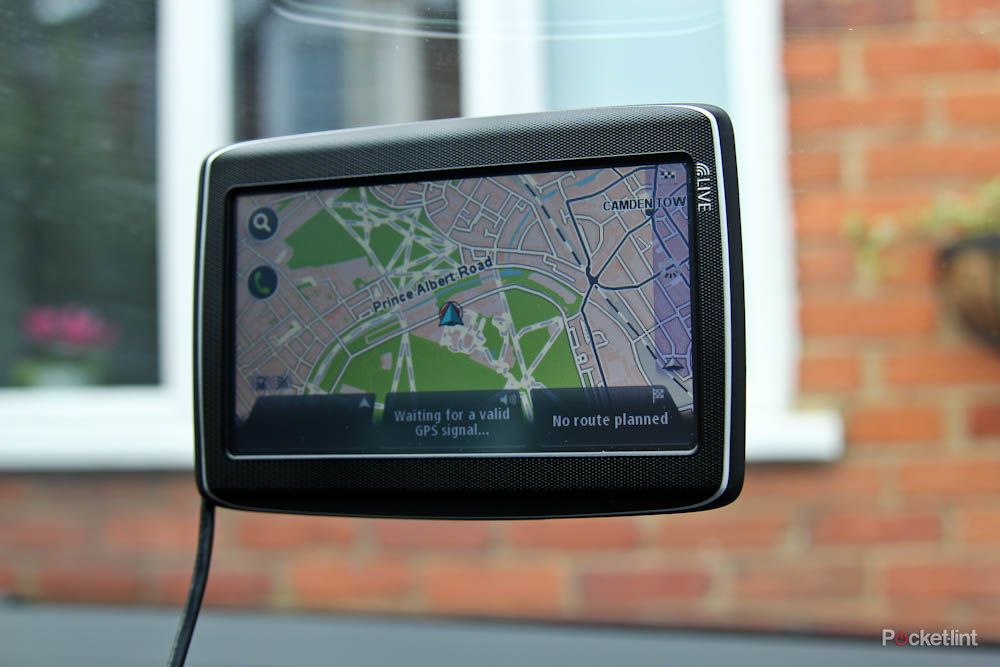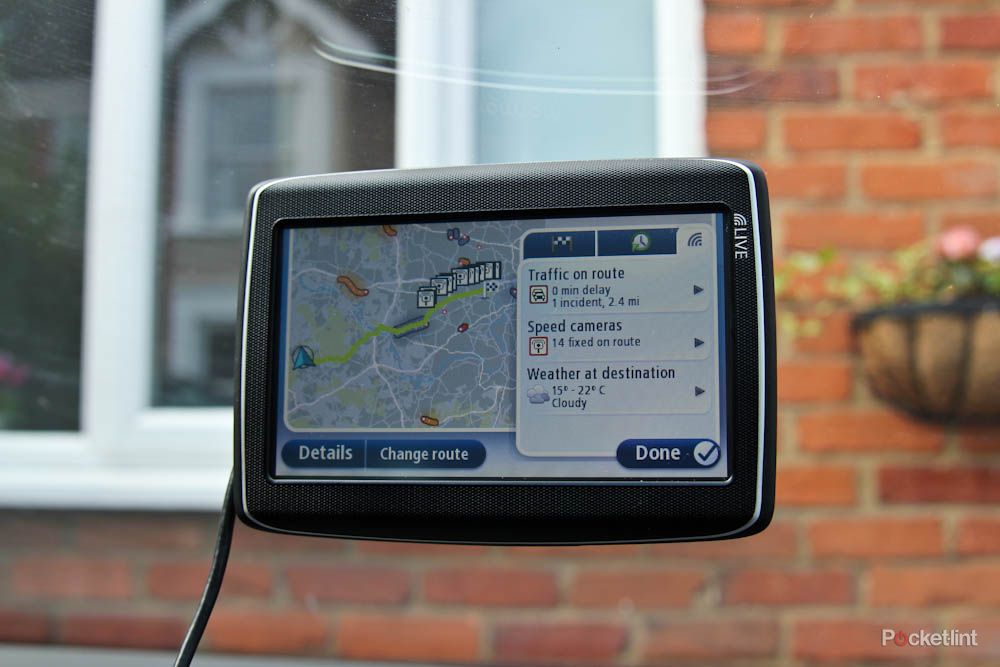The TomTom Go Live 825 sits at the bottom of the Go Live range of GPS devices from market leaders TomTom, but don’t let that fool you. It has more to offer than the Via and Start models and comes packed with plenty of treats. But do you need something so advanced? It is really worth paying £200 plus for a GPS unit when you can get basic navigation on your phone?
Our quick take
At £220 the 825 isn’t a cheap purchase. What you are really paying for is the ability to use the live services. That sounds like a steep price to pay for two extra features, but they are very much worth it, especially if you do a lot of driving.
The HD Traffic has saved our bacon plenty of times over the course of our driving, so it would be churlish of us not to recommend it. We also love the Google live search, especially when you're hungry with a moaning family demanding a trip to Little Chef.
What the Go Live 825 gives you though is a very good, very easy to use GPS that will get you to the ball on time, every time – unless you plan to go via the Channel Tunnel.

TomTom Go Live 825 - 4.0 / 5
| FOR | AGAINST |
|---|---|
|
|
We took the Go Live 825 on a quick 1000-mile jaunt to France and back to see how it faired.
Design
The TomTom Go Live 825 features a 5-inch resistive screen that has a matte coating so you can see it when it’s bright in your car. The design, like previous models, is slim and simple. The windscreen sucker has been designed to fold in to the back of the device, meaning it can be folded flat; handy for glove compartments.
Having the sucker designed in this way is beneficial because you wont forget or lose the sucker. It's a pain if you want to fit the TomTom in your jacket pocket though. While it certainly isn't as big as Satnavs of the past, the combination of that 5-inch screen and the sucker, which isn’t detachable, means that you’ll notice if you put it in a trouser pocket of a pair of combats.
There’s a power button around the back and a micro USB charging socket. And that’s it. Settings and other options are all managed through the touchscreen. That’s both good and bad. What's good is that the user interface is really easy to use, it's bad because it’s a resistive screen that's nowhere near as responsive as your mobile phone. At times, we found ourselves pressing the screen hard to get it to respond.
Navigating
TomTom is all about getting you to where you want to go with minimal fuss and minimal button presses. Turn the device on and you are presented with a map. Press anywhere on the map and you are asked to “Navigate to:” your destination.
Here there are a number of options; Home (set by you, although we'd recommend that you don’t set it to your actual address in case a a thief nicks your car and then decides to break in to your house too), favourites, an address with postcode support of course and recent destinations. You can also perform a Google local search, for a point of interest, one of the great features of the live functionality. You can also opt for a point on a map, latitude and longitude co-ordinates, a spoken address or position of a previous stop.
There isn’t an excuse in not being able to type in or speak an address of where you want to go. On the whole, the navigation and mapping suggestions where very good, but not perfect.
For example TomTom refused to acknowledge the existence of the Channel Tunnel, suggesting that we go via boat to France even when we were in the Tunnel car park. Very Annoying.
Once you have entered your final destination the TomTom Go Live 825 gets to work mapping out a possible route. Depending on how far that is will depend on how quick the answer appears. Our road trip to Tricolore country (La Rochelle) took some time to work out (understandably), but a quick trip 60 minutes down the road is almost instant.
Before you get to say “yes” to the route, you can check it out to see whether you agree. This will show you more detailed, step-by-step instructions, a map of the route and current traffic. You can even change elements of the route, should you wish to take in some local points of interest.
One feature we did like was the ability of the TomTom to remember were you were last with the GPS and therefore plot the route from that address. This allows you to get started before it detects a GPS signal. For this feature to work though, you have to use the TomTom all the time, regardless of whether you know where you are going or not.
Back to the route screen; you’ll be given the length of your journey, any details about accidents on the way, thanks to HD Traffic, and how far it is. You’ll also get to see what the weather is like at the destination, if that’s important to you -and if you're British, it jolly well should be.
Because the route changes depending on what time you are leaving, you can also set the departure time to see what difference it makes, only, however, in 15 minute increments. You can also plan a route in advance, but that’s tucked away in a menu elsewhere. When you're en route you'll notice that the screen is clear and easy to understand even though there is plenty of information fighting for your attention.
At the bottom of the screen is the main body of information – speed, next turn, time you’ll arrive and the remaining journey time. As this is a LIVE model you’ll also get HD Traffic, and that dominates the right hand side of the screen keeping you up-to-date about any multi-car pile-ups on the M25.
The TomTom Go Live 825 also has Lane Assist and all the usual TomTom software gems like Live Services that give you map corrections, Speed cameras, Google Local Search and Weather.
HD Traffic
We’ve talked about HD Traffic a lot on Pocket-lint before and it’s what makes the TomTom GPS units stand out from the crowd. For those not sure what it is or what it does, it automatically tracks traffic on your route and then helps you avoid it by automatically re-routing you around the problem.
If you live in France, and use the autoroutes, traffic will be alien to you. If, however, you fancy a quick drive down to Southampton you may find it ends in tears and hours in the car just because someone has flipped their caravan on the M27.
Major traffic instances that will add a couple of minutes to your journey are shown on screen with a small icon to give you an idea of what they are – roadworks, heavy traffic, etc. It also lets you know how far you’ve got before you hit that traffic.
If your journey suddenly becomes slower than an alternative, TomTom tells you and then asks or can automatically re-route you. We’ve seen the magic in action and have to say that it’s lovely, although at times can be a little disconcerting.
HD Traffic is a paid service although the TomTom Go Live 825 comes with the first year free. It's worth remembering this, as Android phones have Google maps navigation, which also has superb live traffic information.
Battery and Bluetooth
That big screen, constant data connection for traffic and live services (all included in the yearly subscription cost) means that the battery isn’t terribly good. You’ll get about two hours if you want to keep your car free of cables to the cigarette lighter.
One of the other things that helps those two hours go even quicker is having Bluetooth for handsfree calling. You can pair your phone so you can talk away to your hearts content without breaking the law. Disappointingly people we phoned on the device said that the quality wasn’t great. Our in-car handsfree device wins over the Tom-Tom any day. What we did like, however, was that you can set the Go Live 825 to automatically answer the call after a preset time to save having to dig your phone out of your pocket. Just don't forget the charging cable.
To recap
What the Go Live 825 gives you though is a very good, very easy to use GPS that will get you to the ball on time, every time.



